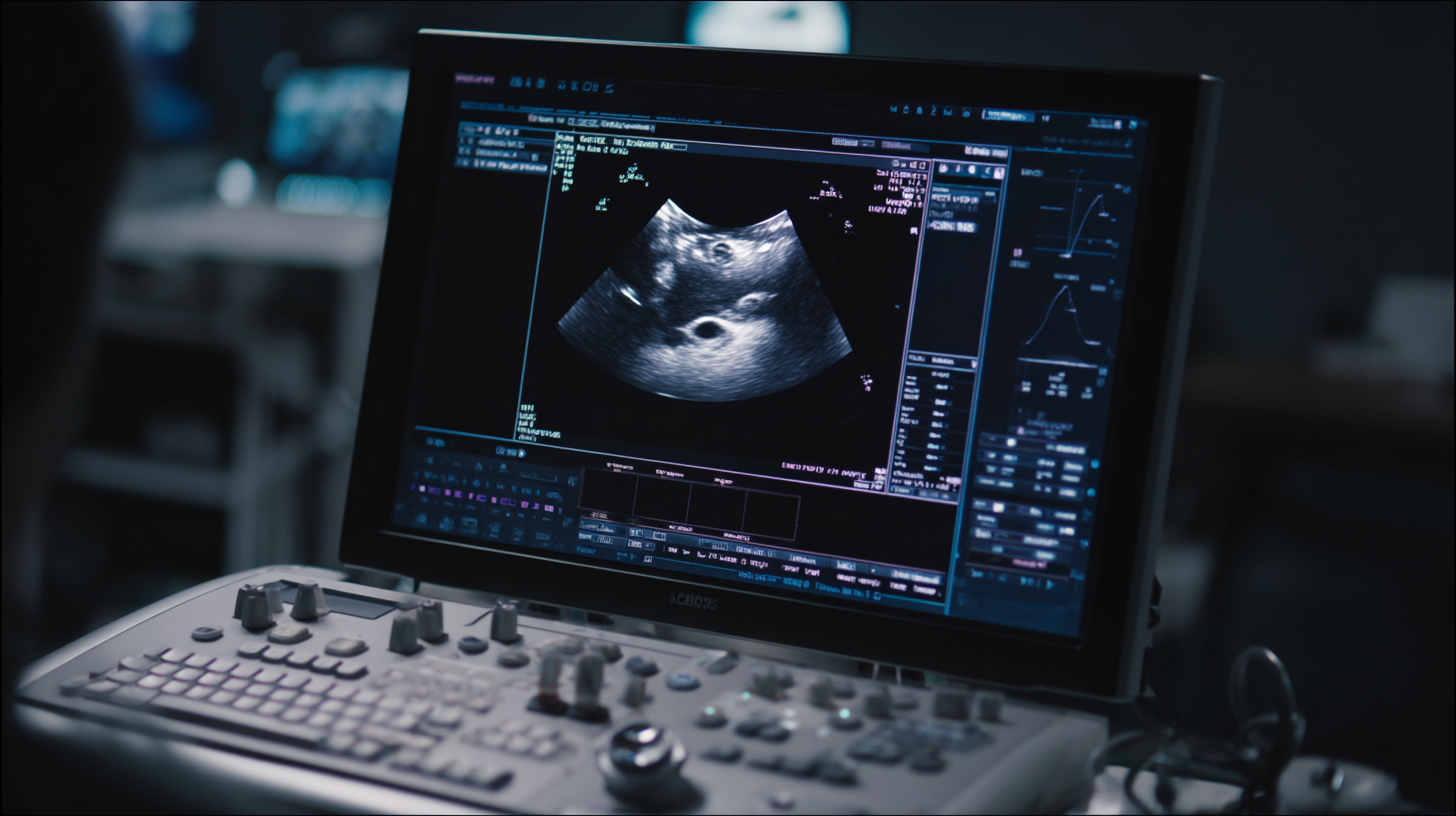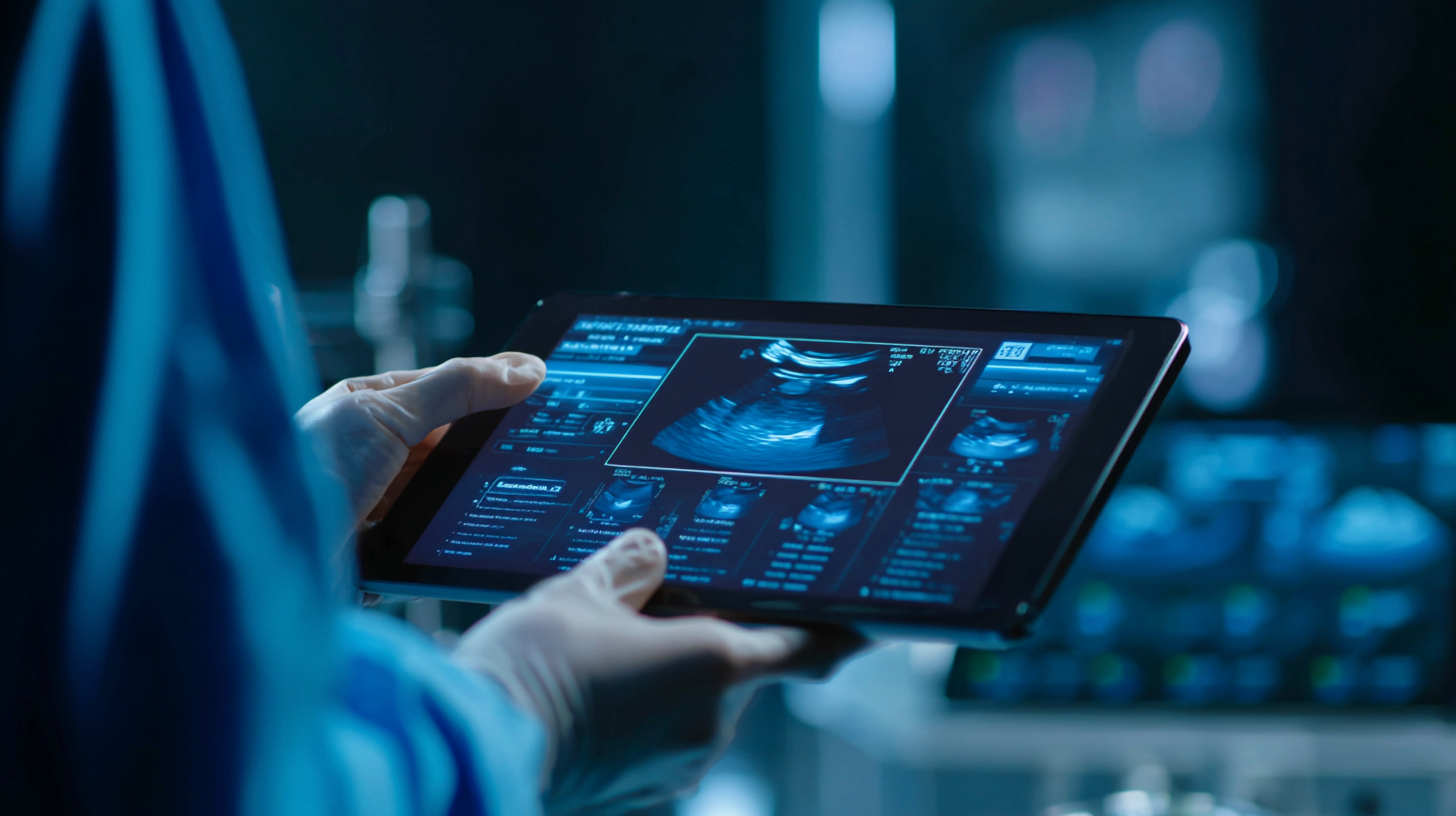The advent of Ultrasound Paper is transforming the landscape of medical imaging and patient care, presenting a groundbreaking advancement that combines efficiency and accuracy. According to a 2022 report by MarketsandMarkets, the ultrasound imaging market is projected to reach $10 billion by 2026, highlighting the growing significance of this technology in clinical settings.
 Ultrasound Paper enhances the traditional imaging process by providing high-resolution prints that facilitate immediate diagnosis and treatment planning, thereby improving patient outcomes. A study published in the Journal of Medical Systems demonstrated that facilities utilizing advanced ultrasound imaging techniques, including Ultrasound Paper, reported a 30% increase in diagnostic accuracy and a notable reduction in patient wait times.
As healthcare professionals increasingly adopt innovative solutions to enhance their practices, understanding the pivotal role of Ultrasound Paper is essential for those aiming to stay at the forefront of medical technology.
Ultrasound Paper enhances the traditional imaging process by providing high-resolution prints that facilitate immediate diagnosis and treatment planning, thereby improving patient outcomes. A study published in the Journal of Medical Systems demonstrated that facilities utilizing advanced ultrasound imaging techniques, including Ultrasound Paper, reported a 30% increase in diagnostic accuracy and a notable reduction in patient wait times.
As healthcare professionals increasingly adopt innovative solutions to enhance their practices, understanding the pivotal role of Ultrasound Paper is essential for those aiming to stay at the forefront of medical technology.
Ultrasound paper is a specialized medium that plays a crucial role in the field of medical imaging. It is designed to receive and preserve the graphical output from ultrasound machines, allowing healthcare professionals to visualize and interpret important anatomical and physiological information. The unique composition of ultrasound paper ensures high-fidelity prints that are essential for accurate diagnosis, enabling physicians to make informed decisions regarding patient care.
In addition to its primary purpose of rendering ultrasound images, this paper type offers several advantages over traditional imaging methods. For one, it allows for immediate access to visual data, facilitating real-time discussions between clinicians and patients about findings. Furthermore, ultrasound paper is designed to withstand various environmental conditions, ensuring that the printed results remain legible and unblemished over time. As medical imaging continues to evolve, the adoption of ultrasound paper is helping to streamline workflows, enhance diagnostic accuracy, and ultimately improve the quality of care provided to patients.
Recent advancements in ultrasound technology are paving the way for innovations in medical imaging and patient care, with ultrasound paper standing at the forefront of this revolution. Ultrasound paper integrates the principles of traditional ultrasound with novel materials and methodologies to create more effective diagnostic tools. A review of ultrasonic applications illustrates its versatility, detailing how this technology can enhance procedures such as meat tenderization and even in drug delivery systems through microbubble technology. The effective use of ultrasound paper can significantly improve imaging quality, leading to more accurate diagnoses.
Furthermore, ongoing research emphasizes the importance of ultrasound in therapeutic scenarios, highlighting the technique’s potential in targeted drug delivery. For instance, studies have shown that ultrasound-mediated approaches can facilitate the transport of therapeutic agents directly to affected areas, demonstrating an advancement of close to a 30% increase in treatment efficiency. As technologies evolve, ultrasound paper is not only redefining patient outcomes but also contributing to more sustainable healthcare practices by minimizing the need for invasive procedures. The integration of these advanced imaging techniques represents a pivotal shift in the medical field, illustrating the profound impact of technology on patient-centric care.

Ultrasound paper is transforming the landscape of medical imaging and patient care by offering a range of benefits that enhance the diagnostic process.
One of the primary advantages of ultrasound paper is its ability to provide high-resolution images that are critical for accurate diagnosis. The clarity of these images can significantly aid healthcare professionals in identifying conditions early, leading to timely interventions that can improve patient outcomes. This technology allows for real-time imaging, enabling practitioners to make swift decisions based on the most current data available.
Moreover, ultrasound paper is lightweight and portable, making it an ideal choice for use in various healthcare settings, including remote locations and emergency situations. This accessibility ensures that patients receive essential care without the delays often encountered with traditional imaging methods. Additionally, the use of ultrasound paper reduces the need for invasive procedures, minimizing patient discomfort and risk. Consequently, the integration of ultrasound paper into medical practices not only streamlines the workflow for healthcare providers but also prioritizes patient comfort and safety in the diagnosis and treatment processes.
The integration of ultrasound paper into clinical settings marks a significant advancement in medical imaging. This innovative tool not only enhances image clarity but also improves the overall patient experience by providing immediate results. To implement ultrasound paper effectively, healthcare providers should prioritize training their staff on the nuances of ultrasound technology and its applications. This ensures that everyone is well-equipped to utilize the tool to its fullest potential.
Tips for successful implementation include conducting regular workshops that focus on both technical skills and patient interaction techniques. This dual approach promotes a more holistic understanding of how ultrasound paper can impact patient care positively. Additionally, ensuring that the equipment is easily accessible and well-maintained can facilitate smoother workflows, thereby reducing downtime and enhancing productivity.
Another vital tip is to foster an environment of open communication among the clinical team. Encourage staff to share their experiences and insights regarding the use of ultrasound paper in various scenarios. This collaborative atmosphere can lead to continuous improvement in techniques and patient outcomes, ultimately revolutionizing the way medical imaging is approached in everyday practice.
The emergence of ultrasound paper technology is set to revolutionize medical imaging and reshape patient care practices. According to a recent report by Grand View Research, the global ultrasound market is projected to reach USD 8.2 billion by 2025, growing at a CAGR of 6.0%. This surge is driven by advancements in ultrasound technologies, particularly the integration of print capabilities, enabling immediate access to diagnostic images. Ultrasound paper allows for enhanced portability and ease of use, fostering real-time discussions between healthcare professionals and patients, which ultimately leads to informed decision-making.

Future trends indicate that ultrasound paper will not only enhance clinical efficacy but also improve patient engagement. A study published in the Journal of Medical Imaging highlights that visual aids increase patient understanding by up to 50%, significantly impacting the patient experience. As healthcare moves towards a more patient-centric model, the ability to provide printed ultrasound images can aid in better communication of treatment plans and conditions. Additionally, the burgeoning demand for telemedicine—accelerated by the COVID-19 pandemic—suggests that incorporating ultrasound paper into remote consultations will be essential in meeting the needs of patients, ensuring they receive timely and accurate information regardless of location.






